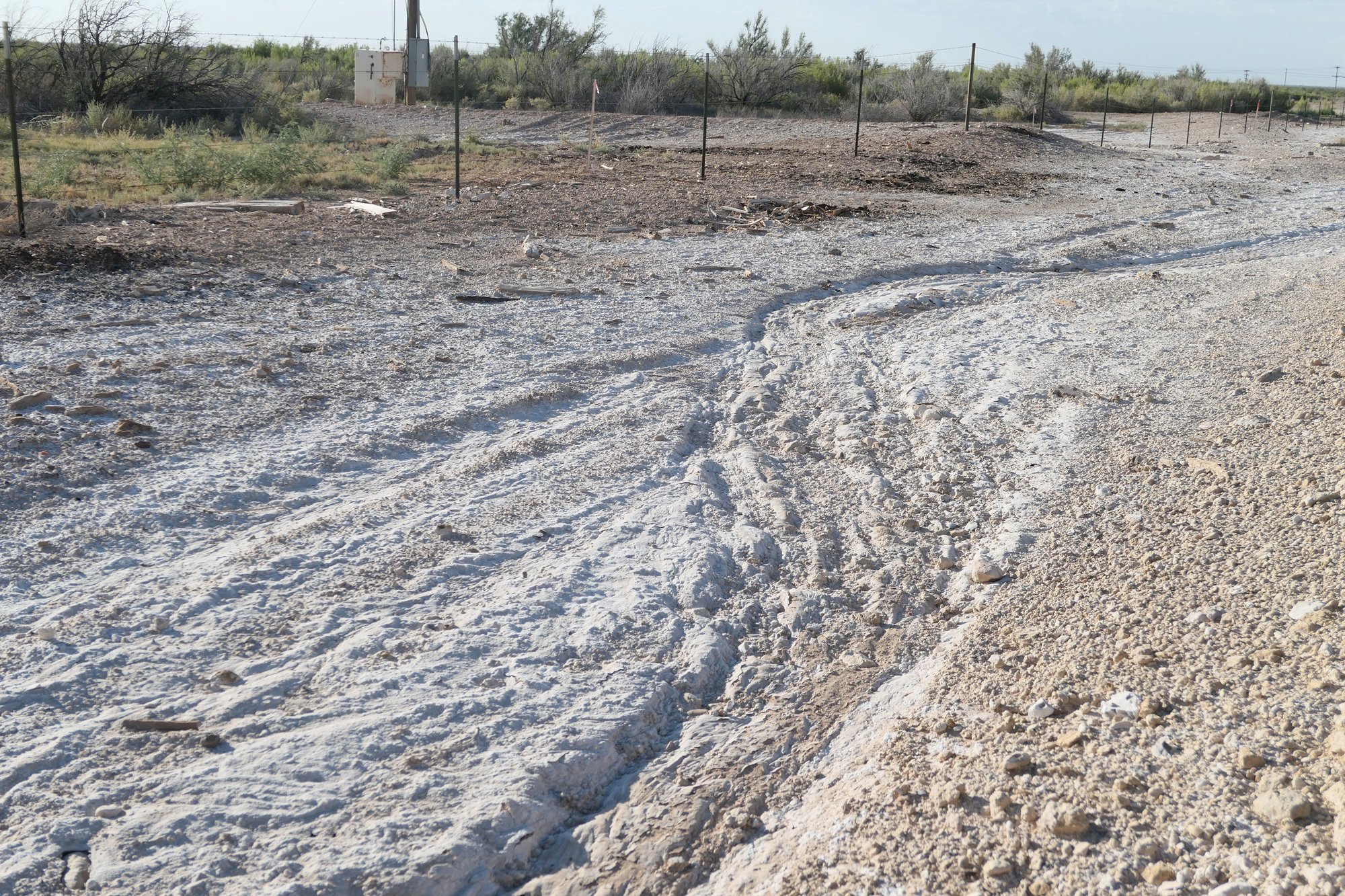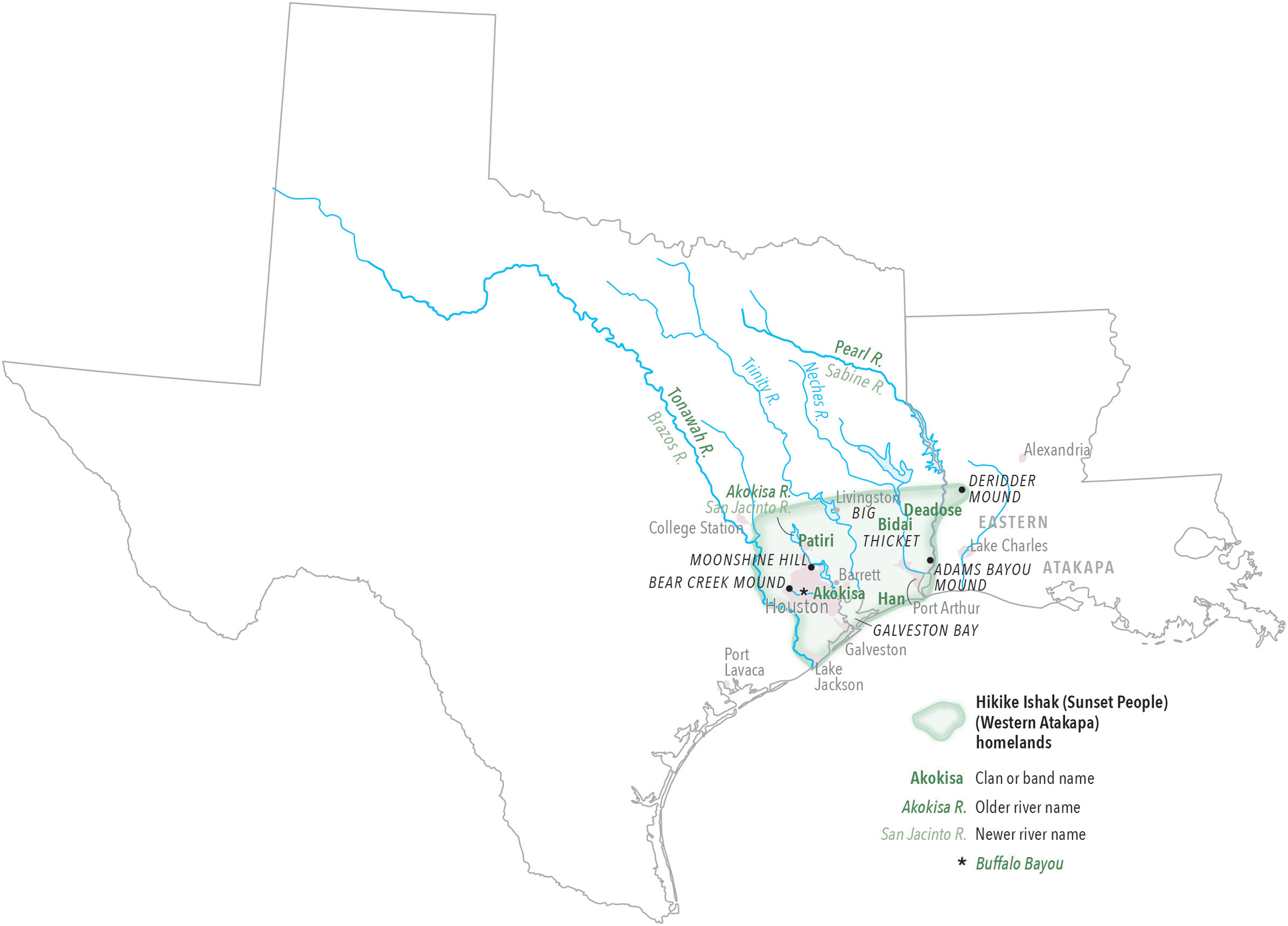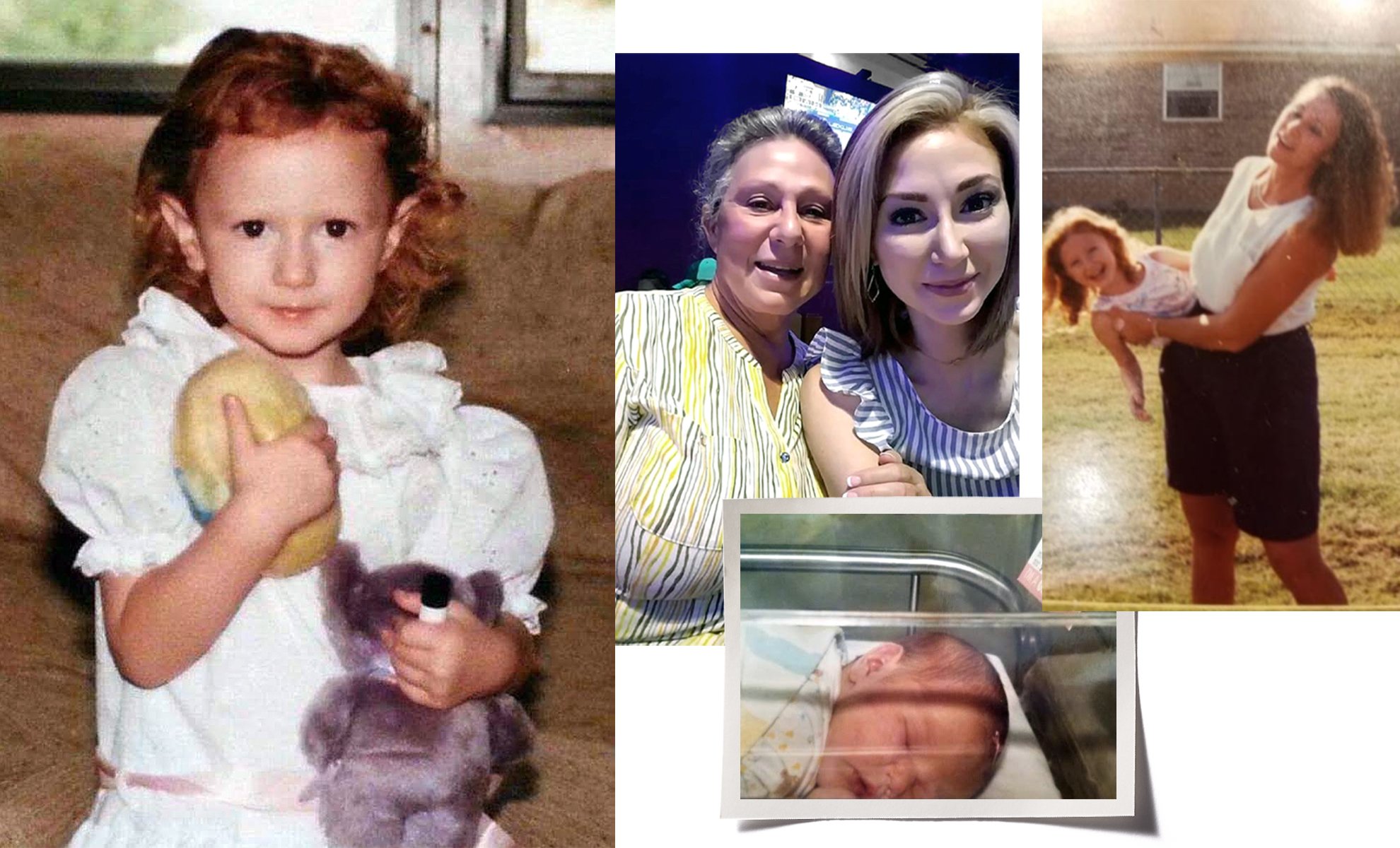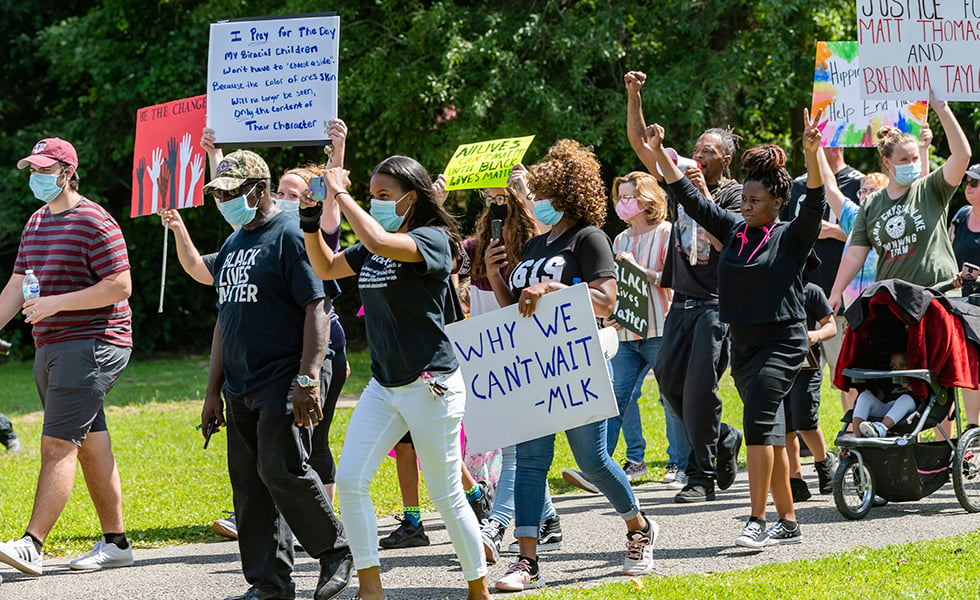
What the Black Lives Matter Protests Mean for East Texas
Protests where I grew up–where lynchings and KKK marches have occurred in my lifetime–could signal a shift in the region long plagued by racial terror.

Above: Several hundred people came out to Gould Park in Vidor on June 6 for a protest and peace march in honor of George Floyd who died while being detained by Minneapolis police.
The first time I thought I knew someone famous was when I saw a man we called Byrd on television. I lit up. Byrd, a Black man I recognized as a friend of my dad’s, was speaking at a press conference. How could I be so lucky to know someone famous enough to make it on television? When I asked my mother, she said that Byrd was sad. How could someone make it on the screen by being sad, I asked. She continued folding clothes and said, “I’ll tell you when you get older.” She said that to me a lot back then.
I later learned that Ross Byrd was on television to talk about the killing of his father. James Byrd Jr., a Black man from Jasper, Texas, was beaten and dragged to death along a three-mile stretch of road by three white supremacists, his body dumped in front of a Black cemetery. That was 1998, and it happened only 55 miles from Lufkin, where I was born and raised.
It’s not lost on me that my mother worked to shield me and my siblings and cousins from the realities of living in deep East Texas. And that she taught us how to survive our Blackness: growing up we knew all the places that weren’t meant for Black and Brown people. We were taught where to avoid in order to keep safe. Now, as an adult, I know that Black people aren’t even safe in their own homes.
But as protests and demonstrations against police brutality and the mistreatment of African Americans continue nationwide, in East Texas, that same call for justice is beginning to blossom. With more than a century of violence and harassment aimed at Black people in the area, and an insidious history as a home of the Ku Klux Klan, sweeping protests demanding reform have arrived among the thick pine woods and small towns of the region.
In Beaumont, protests have been held outside of city hall. In the historical “sundown town” of Vidor, more than 100 people showed up to march, despite heavy skepticism that the event was real and not a trap set up by white supremacists. For three weeks, protestors have shown up in Tyler to demand justice and express solidarity. And in Jasper, where James Byrd Jr. was murdered, organizers have gathered to honor Byrd and George Floyd: two Black men who have become involuntary martyrs.
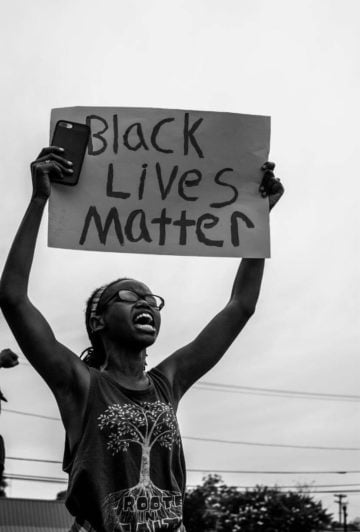
“This city has already suffered injustice a decade or two before George Floyd. So, we wanted to honor that,” said Jasper protest organizer and congressional candidate Rashad Lewis. “But we also wanted to honor the death of James Byrd here in our own city.”
Sustained and widespread demonstrations like this have never happened in deep East Texas. And now, protestors are repeating the names of those killed like a hymn sung in Sunday school. An echo behind the Pine Curtain where the seeds of the civil rights movement were planted but never fully took root: Black. Lives. Matter.
Racism and high rates of violence in East Texas can be traced to slavery. By 1860, the vast majority of enslaved Black people in Texas–who made up 30 percent of the state’s population– lived on large cotton plantations in the pineywoods region. Following the Civil War, the region saw some of the most gruesome assaults on Black Texans who dared to celebrate their newly found freedom. Many of those crimes went unpunished–from 1865 to 1866, authorities issued 500 indictments statewide for “the murder of Blacks by Anglos,” but no convictions ever resulted. In the decades that followed, the vast majority of reported lynchings of Black people in the state occurred in East Texas.
Public lynchings of Black people became commonplace in town centers, and in broad daylight. In 1893, Lamar County, in Northeast Texas, ushered in the era of spectacle lynchings when 17-year-old Henry Smith was tortured and burned alive in front of 10,000 onlookers in Paris, Texas, the county seat. Postcards with images of his murder and pieces of his body were sold as souvenirs. At least nine Black men were lynched by white mobs over the next three decades in Paris alone.
“White Texans, particularly from East Texas, were determined that white supremacy would be attained,” says historian Merline Pitre, a professor at Texas Southern University. “Violence was used to keep African Americans in their place.”
In 1910, a mob of white vigilantes murdered more than 50 unarmed Black people whose bodies were dumped into unmarked communal pits in Slocum, in Anderson County. No one was ever convicted for the massacre, and even recent attempts to document the murders were blocked by county officials. The Longview Race Riot of 1919, during the Red Summer when white supremacists attacked African Americans in dozens of cities across the nation, resulted in the death of two local businessmen and the destruction of the Black section of town after residents encouraged each other to buy from their own community in response to racism and segregation.
As once prominent lumber towns turned into ghost towns, violence in East Texas would only get worse as the country approached the Great Depression and the New Deal eras.
African Americans were hardest hit by the Great Depression, and by 1935, 90 percent of African American farm laborers in Texas were out of a job. Economic insecurity exacerbated racial terror for Black communities in East Texas, and by the 1940s, racial tensions would bubble over here and around the United States, as African Americans voiced outrage about serving in World War II for a country that did not grant them equal rights.
Beaumont, a shipbuilding center, saw a race riot in 1943 that resulted in hundreds of Black homes and businesses damaged by about 4,000 rioters who were angry over the alleged rape of a white woman by a Black man. More than 200 people were arrested and 50 were injured.
The marches today mean something more than just a call for the end of police brutality. They’re a demand for an end to all brutality in a community plagued with a long history of tragedy and intimidation.
My family has lived this history of racism and violence. I grew up hearing stories from my pawpaw, my grandpa, of school desegregation in Lufkin in the 70s and of threats and fights. He told me about the time he was accused of trying to rape a white store owner’s wife who happened to be in the back of the shop while he was delivering sodas. I’ve been called “n*****,” been followed by cops for playing basketball with my little cousins. East Texas has seen lynchings and KKK rallies in my lifetime.
I’ve been conflicted the past few weeks seeing the recent protests in a region that many have always regarded as just “racist,” but which for me is also home. I’m excited about a renewed sense of urgency for Black lives. But there’s bitterness and grief, too, over silence and the delayed response to all the other George Floyds, Tamir Rices, Sandra Blands and Breonna Taylors that remain buried in the East Texas woods. Where were their protests? Their laws? Their memorials? Stories like these are the ones that continue to live on in the region, but there doesn’t need to be the loss of a Black body to feel the tragedy of racism and the way it floats like a thick smog in the air, permeating everything.
A 2016 analysis by the Dallas Morning News found that over 90 percent of police officers in Lufkin and Nacogdoches were white, despite having a population that is majority Black and Hispanic. A 2013 ACLU report found that African Americans were more than twice as likely than whites to be arrested on marijuana charges in Texas, and two East Texas counties ranked in the nation’s top five for this racial disparity. And African Americans in East Texas have experienced the most pervasive poverty among Black people across the state, with a median income below $25,000, according to research from the The University of Texas at Austin. Recent COVID-19 cases have also ballooned in East Texas, as the pandemic disproportionately impacts Black and Brown communities across the nation and rural areas scramble for adequate testing and resources.
The protests today signal a shift in the status quo, but there’s still a need for sweeping systemic change in a region that has been resistant to do so. I hope that marchers here and across the country will continue to say the name of George Floyd, without forgetting to say the names of James Byrd Jr., Henry Smith, and countless other victims lost to hatred and bigotry. I hope that this moment leads to the end of a system that has long stolen our freedom and our ability to breathe, and to a sustained movement–one that, this time, doesn’t pass East Texas by.
Once, when I was about 8 years old, I sat with my cousin in the back seat of my aunt’s car as she drove us through Splendora, 40 miles northeast of Houston. We passed a group of men draped in white sheets parading on the side of the road, and we pointed excitedly out the window at what we thought were ghost costumes for an early Halloween. My aunt told us to close our eyes and put our heads down, as she gripped the wheel and continued to drive.
Those figures continue to haunt my home. I see now it’s time we pull over and face them.
Read more from the Observer:
-
Texas Relaxed Environmental Enforcement During the Pandemic, State Data Show: Even as the agency reduced enforcement, it continued processing permits that allow businesses to pollute up to certain limits at about the same rate that it did last year.
-
The New Ensemble: Texas’ best high school mariachi bands take the stage.
-
In Rural Texas, COVID-19 Contact Tracing is Largely Up to Local Officials, If It Happens at All: As public health experts warn of new waves of infections this summer or fall, experts say there’s still not a robust system in place to track the coronavirus, particularly in rural areas.
